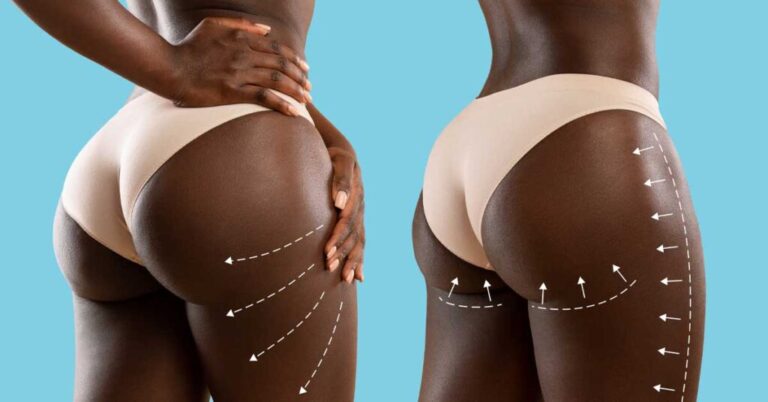The Brazilian butt lift (BBL) — a surgery that reshapes and enlarges the butt using fat taken from other parts of the body is already known as one of the most dangerous cosmetic procedures out there. But beyond the risks of death, infections, and blood clots, there’s another unsettling side effect that might make people think twice: the notorious “BBL smell.”
“The BBL smell is real,” Dr. Eric Anderson of Impressions Face + Body in Chicago told the Daily Mail. According to experts at South Shore Plastic Surgery, this unexpected side effect is often described as musty or sour. It tends to become noticeable after sweating or sitting for long periods.
But it can also be caused by far more serious issues. Dr. Anderson explained that if too much fat is injected during the procedure, the tissue can’t get enough blood, leading to fat necrosis — a condition where the fat cells die off.
“When there is more fat in an area than the blood supply allows, the fat will die through a smelly process called fat necrosis,” Anderson said. “It can cause infections that may require antibiotics, hospital stays, or even lead to sepsis.”
There’s also a simpler explanation for the stink: it can be hard for patients to properly clean their surgically enhanced backsides. Any residual stool or urine left on the skin can quickly breed bacteria, resulting in a foul odour.
Doctors recommend BBL patients use gentle, fragrance-free wet wipes or a bidet to clean thoroughly after bathroom trips.
Even without these complications, BBL results often fade. One woman on TikTok, Scarlet Black, revealed she underwent two BBLs because the first “died.”
“A lot of the fat that’s re-injected into your butt actually dies — like 50% or sometimes more,” she said. “For this BBL we focused on lifting it up and adding volume.”
Black doesn’t seem to mind having to go under the knife twice for the same procedure because she apparently has spent $36,000 on plastic surgeries to achieve her dream body.
While BBLs remain wildly popular, experts warn that beyond the dangers of the operating table, patients should be prepared for unexpected and very unpleasant side effects.

